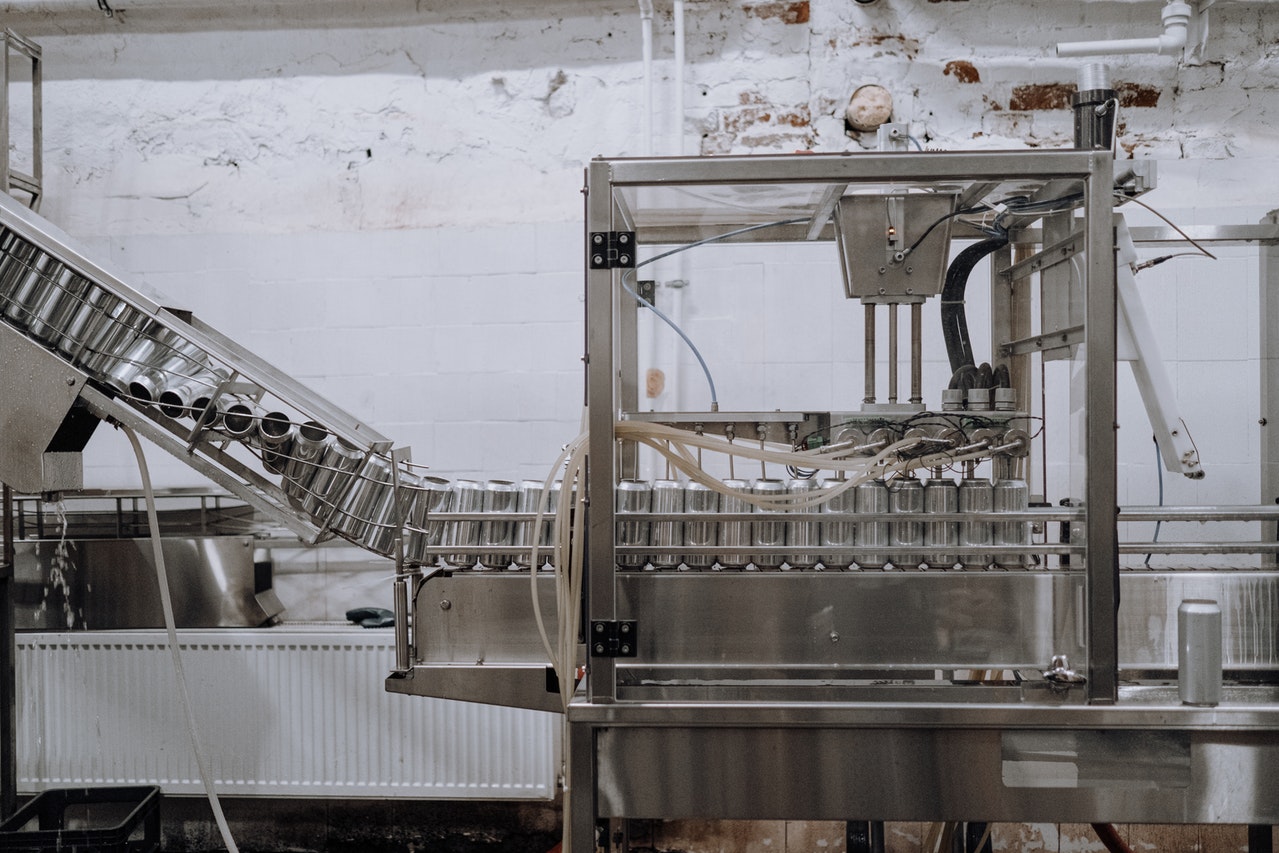Technology is one thing that has remained evolutionary, especially in the manufacturing industry. Over the years, new manufacturing technology has been invented, including 3D printing. This method is what machinists call the additive method, meaning you end up with more of the product than initially. Another method contrary to 3D is the subtractive method, where you end up with less than the original bulk of the product. The manufacturing industry has come a long way, such that now there are efficient CNC machines. So, how did the CNC machines come to be, what types exist, and how are they better than the conventional ones? Read on to find out more.
The History of CNC Machines
CNC machines are dated back to the early 1940s and 50s. Back then, there wasn’t developed technology as there is today. It was merely in the early stages of its development. During this time, data was fed into the machine manually using data cards. Then, the machine would read and interpret the data. This process became quite tiresome, and the machine's functions were not as extensive compared to today.
Machining is transforming raw materials such as plastics and metal into refined products. Companies like LEADRP use various technologies and machines to perform various CNC machining production applications. Still, before modern, friendly machinery designs such as Autodesk, CNC machines relied on digital instructions known as "g codes." Individuals manually wrote these g codes, and the machines would program the data to function. CNC machinery has become important in refining raw materials using input designs digitally to form the final product.
Types of CNC Machines
The following are the types of CNC machines available today:
CNC Milling
Milling is a process in which machines use rotary cutters for a more refined product. CNC milling uses rotary cutters and follows the input of data accurately. The milling machines follow what machinists call the "X, Y Z factor," meaning this is the format where it functions according to the letter and number-based prompt, meaning pieces of the machine are moved to particular distances.
Plasma Cutting
Ever seen a laser pointer? A plasma torch works the same way as a plasma CNC machine uses a plasma torch as a cutter for materials. Air and gases are combined with electric arcs to generate the required heat.
Benefits of CNC Machines Over the Conventional Machines
The following are the advantages that CNC machines have over the conventional machines traditionally used for manufacturing:
- CNC machines are automated, meaning they have better production outcomes than conventional machines, which require heavy manual output and take more time to produce products. For instance, CNC machines have higher accuracy, speed, and production rate than non-automated machines.
- There is less need for human labor to help in the production process in CNC machining. All the process needs is a minimal number of skilled personnel to program software for production. Conversely, conventional machines need more human labor to help in various production tasks like setting up the equipment and manually operating the machine.
Conclusion
Technology has revolutionized manufacturing so much that extensive CNC machines are used in production today. It is important to learn the history of the machines, the types that exist in the market, and how better they are than conventional machines.


